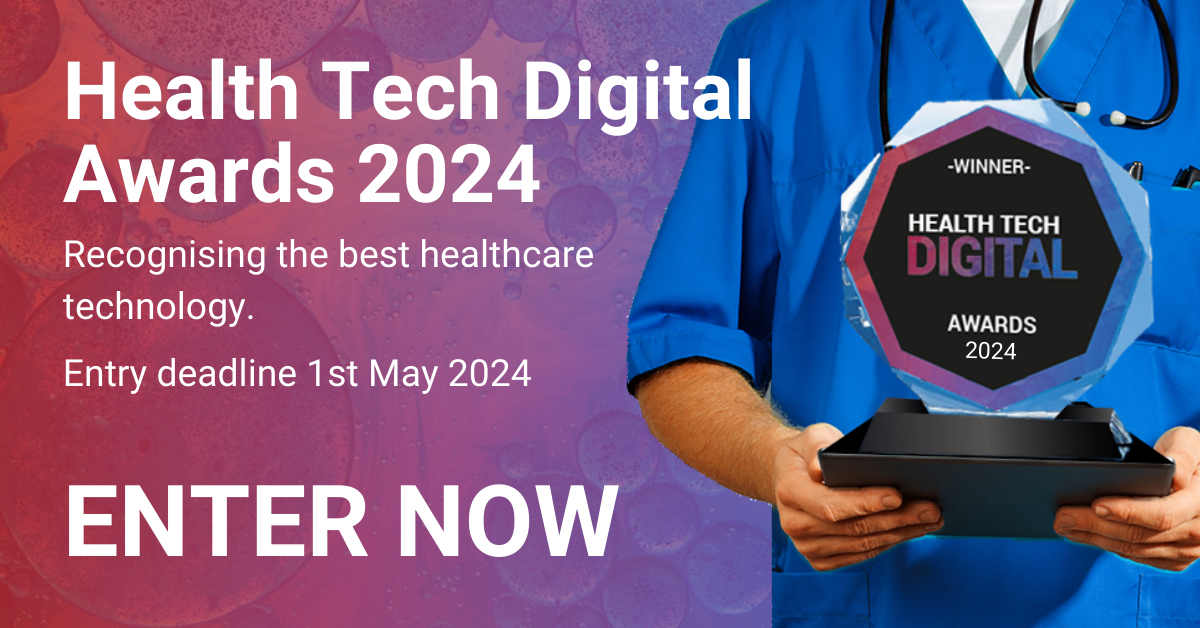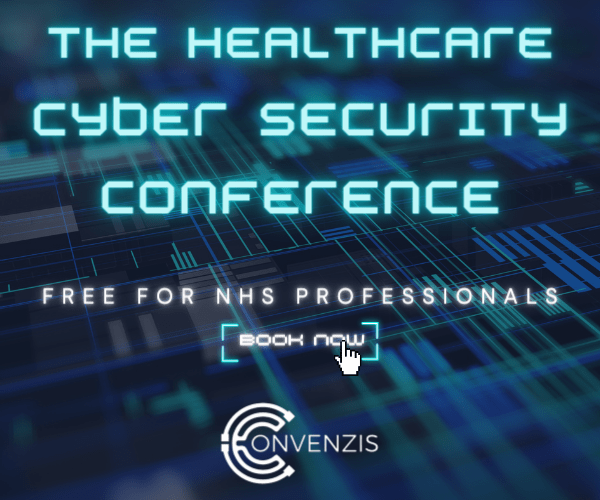
The ‘abolish the silos’ phrase is something that everybody knows. For Trust, supplier and clinician, it has become a mantra. ‘The first thing to do is to abolish the silos of data and to be patient centred.’ And we like to repeat different ideas about the best way to achieve this ideal scenario where the patient is put first.
The idea of abolishing the silos comes back to being vendor neutral. Neutrality means that we separate the data from the application. It’s not the data that’s neutral, but the vendor. They have no commercial rights to it, and that freedom of access is what provides the value to the patient.
When the data is spread across disparate systems, it gets tucked away from the patient behind lock and key. So how do we get that focus back?
How it looks to the patient
First and foremost, we should envision what it actually looks like when data is disjointed.
When an individual makes their way through their patient journey, it quickly becomes evident that the clinicians treating them are not talking to each other. The patient answers the same questions multiple times, just to validate information that already exists somewhere else in the system. Clinicians are capturing exactly the same information every time, and probably recording it in different ways. All the while, the patient has zero access to any of it.
When patients know where their data is and how it can be accessed, they will feel empowered. We know that when clinicians aren’t forced to spend time asking repetitive questions, lo and behold: the patient can see that the people treating them know about them. The importance of that cannot be understated.
Specialist services vulnerable to silos
It’s one thing considering what silo-breaking looks like in an ICS setting. But it’s another idea entirely to handle the complexity of regional or national specialist services across the country. Non-local specialist clinical network services or diagnostic hubs like cancer alliances and stroke services are particularly in danger of continuing working in silos. Yet, if the data is liberated, this isn’t actually complicated at all.
Many ICSs are procuring systems that can integrate records of care from across their systems. Often born from commissioning organisations’ requirements, these systems are intended to inform population health management and are far less useful for live, urgent, cross-organisational decisions of someone’s care. An integrated record of care does not equate to a record suited to support integrated care.
At a cancer alliance location, very specialist treatment is carried out. However, the patient’s care is most likely being managed at some point by clinicians in their local hospital. The challenge here is integrating that information and making sure there is federated access to each patient’s cancer record – otherwise, you could be putting a blocker in front of the next person to see that patient. That’s the trouble if you manage complex patients in silos.
The OpenEHR clinical repository open standard is one example of what can facilitate a way out of this situation. It speaks back to the principle that it should not be for the benefit of breaking the silo, more for the benefit of the patient. ‘Abolish the silos’ cannot remain this vague term that we have all gotten used to parroting. There are a huge variety of complex services, to think of, specialist cancer or stroke services being just two.
AI and the potential to create silos
We have been working on our own aggregated AI platform and a genetic testing platform on top of our existing solutions that work on openEHR, and we are already seeing the amazing potential.
However, the need to implement AI tools in healthcare settings creates something of a contradiction.
Every one clever AI app that we aspire to implement for the good of patient care has the potential to create yet another micro silo, because until they actually interoperate with the patient’s clinical record, we won’t know whether they’re very useful or not. Healthcare providers will want to buy AI applications to assist their clinical processes, and it has to become part and parcel of the clinical record to avoid splintering off into its own silo.
Patients are key
It’s a natural thing to separate objectives because people work in silos. Whether you are a GP, a nurse, any clinical specialism, that’s what you do. The patient is aware of all these silos, of course, but you only experience that patient once.
Free-flowing but secure data, particularly data the patient can interact with, means that separate siloed objectives transform into common objectives. The patient and the clinician both benefit from it and that’s clear. They need to be able to share information dynamically through common task management, with a known, collective objective that puts the patient first.














